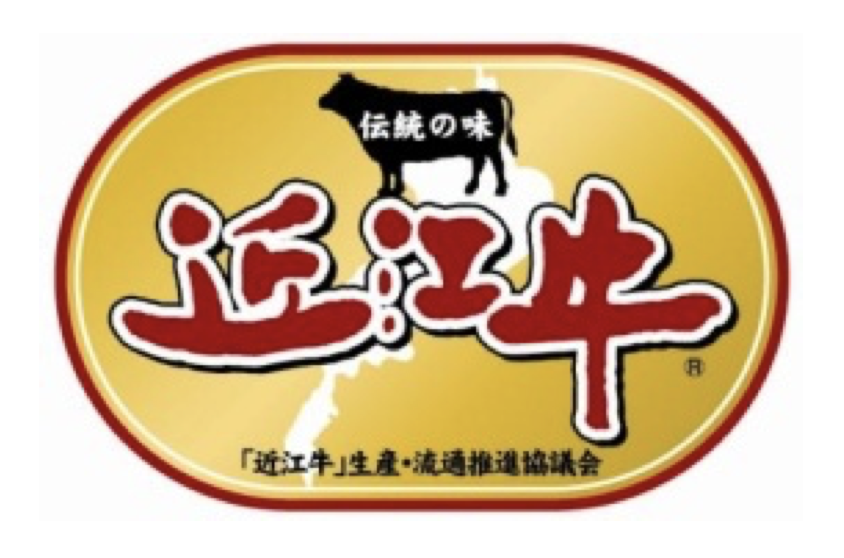Japanese Wagyu makes the world smile
Japanese wagyu: The art of combining aroma, texture and taste
Wagyu, raised one by one same a part of the family
From their birth until shipment, each Wagyu is given a name and is carefully raised same a family. The fine taste of Wagyu comes from the tender, loving care that goes into their breeding.
How Wagyu are raised
Wagyu calves stay at a farm up to 7 to 10 months after the birth and will be sent to the calf auction market, after which they are fattened until approx. 700kg before shipment. Weaned soon after birth, calves are fed with milk replacer one by one by hand. Another example of tender care is that some farms provide their calves with handmade calf jackets when the weather gets colder. On the fattening farm, Wagyu are raised in the beef cattle barns given individual names instead of in largescale feedlots.
Rice straws make delicious Wagyu
In addition to roughage such as grass and rice straws and concentrate, cattle are fed by whole crop silage, which is indispensable for developing marbling and white color of fat.
Grazing for birth of healthy calves
Breeding cattle and pregnant cattle are put to grazing so that they can deliver healthy calves.
Secrets to the tasty flavor of Wagyu
The three elements to make delicious beef are texture, flavor and aroma. Among them, Wagyu has so called. Wagyu beef aroma, which is unique to Wagyu. It is a rich, sweet aroma similar to that found in peaches and coconuts, and is a retronasal aroma and flavor that spreads when chewing the meat in your mouth. It is now known to us that this Wagyu beef aroma comes out strongest when meat is heated to 80 degrees Celsius, which matches the temperature best suited for sukiyaki, a typical dish for Wagyu. Once Wagyu beef aroma has been released, it stays within the meat and is released again when chewed, even when cold. That is the reason why Wagyu is delicious even after it gets cold. Wagyu aroma coupled with the mild texture of marbled beef adds Wagyu the highest quality of taste.
Latest News
Brand beef that can be exported
Including Kobe beef, all kinds of brand cattle is now available for export.






